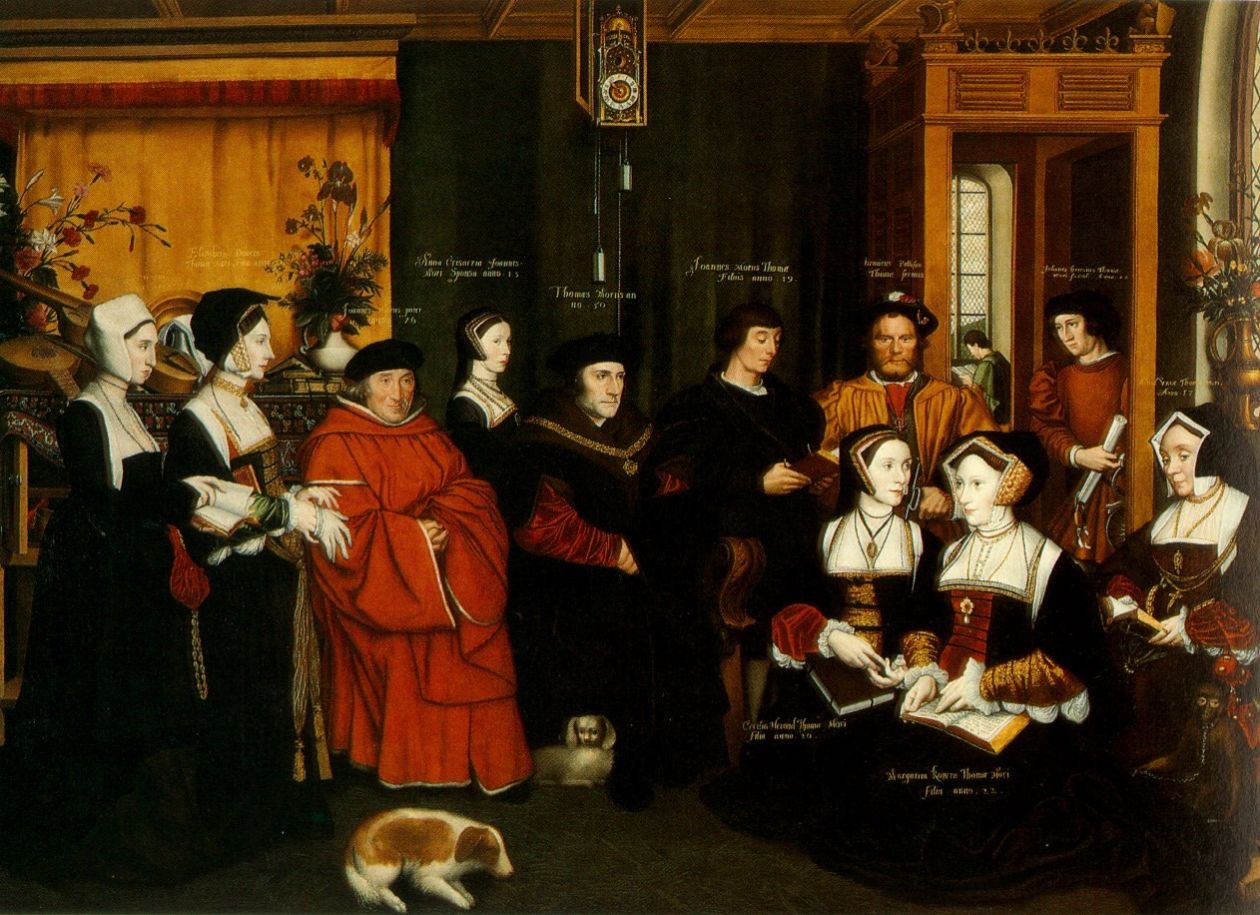
In 1516, Thomas More published Utopia, wherein he imagined “the best state of the commonwealth”; and not only the best, but, in contrast to the “false” images of other commonwealths, also the truest. However, neither the value nor the validity of these claims is ever subject to the dispute between More’s characters, and this in spite of one character noting, privately (but also correctly), the absurdities recounted in support of these claims. Why did More have his characters leave the image of Utopia—an image now embedded firmly in our own cultural imagination—undisputed? What purpose did, or does, this image serve? In this course, we will attempt to answer these questions by rediscovering the tradition of literary dialogue informing, and reformulated by, Utopia, and through the literary dialogue to understand what claims of “best” and truth can mean when predicated on imagined commonwealths.
All readings are in English.
